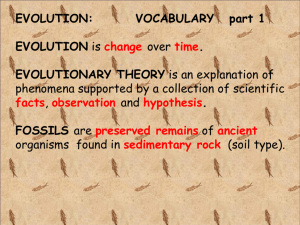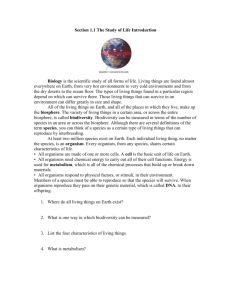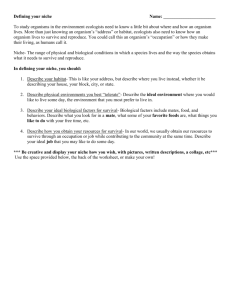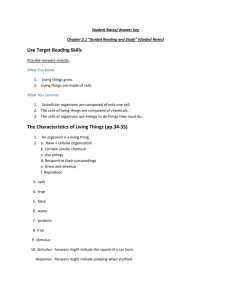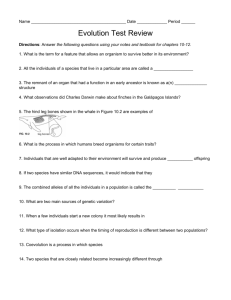Natural Selection & Biological Resistance
advertisement
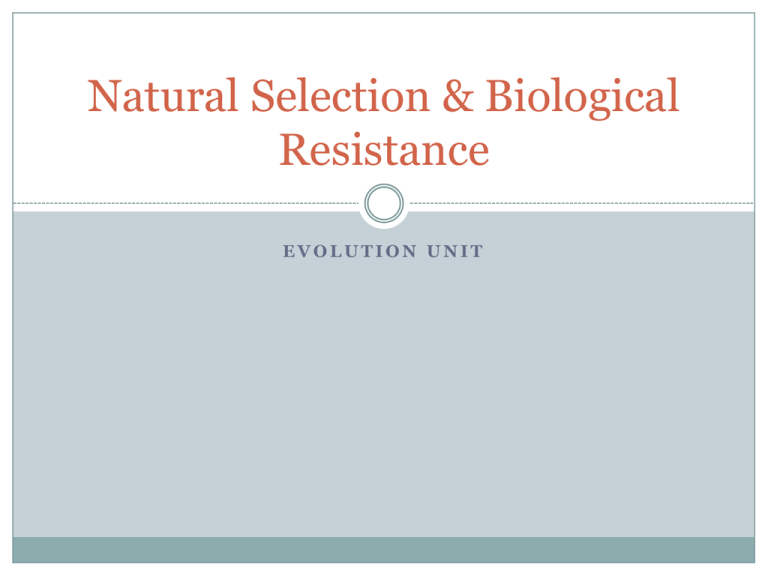
Natural Selection & Biological Resistance EVOLUTION UNIT Natural Selection Natural Selection: a scientific theory that explains the process of evolution Principles of Natural Selection: 1. Variation exists within populations 2. Organisms compete for limited natural resources. 3. Organisms produce more offspring than can survive. 4. Individuals with variations suitable for their habitat survive and reproduce. Natural Selection at Work Genetic variations that result in helpful traits can increase an organism’s fitness. Fitness: the physical and behavioral traits that allow an organism to survive and reproduce https://www.youtube.com/watch?v=wrTXvrKBlbc Pocket Mouse Video-Natural Selection Pesticide Resistance Resistance: an organism’s ability to withstand a harmful agent People develop chemicals called pesticides that kill insects. Some insects have slight variations that enable them to survive the pesticide. They are pesticide-resistance. These organisms survive and reproduce and pass that trait onto the next generation of insects. Generation: one step in the line of descent of an organism from parent to offspring Health Issues-Malaria Mosquitoes became immune to the DDT (insecticide) spray Antibiotic Resistance Antibiotic: a drug that is used to kill bacteria or slow their growth Some bacteria in a population may have a trait that makes them resistant to an antibiotic. Over time, enough of these bacteria survive and reproduce. The antibiotic becomes ineffective against the infection. Bacterial Resistance Animation: https://www.youtube.com/watch?v=zjR6L38yReE Viruses Not considered living, but they do have the ability to make new viruses through replication. Virus can mutate when they replicate. Therefore, an organism that was immune to the virus due to vaccination may no longer be protected after the mutant virus is created.

